See the agenda here, and visit the CFS page for more information.
The Committee on World Food Security (CFS) is an inclusive international and intergovernmental platform for a broad range of committed stakeholders to work together in a coordinated manner and in support of country-led processes towards the elimination of hunger and ensuring food security and nutrition for all, for the progressive realization of the right to adequate food in the context of national food security.
During its 51st Session, the CFS endorsed the Policy Recommendations on Strengthening Food Security and Nutrition Data Collection and Analysis Tools for Food Security.
The Committee on World Food Security (CFS) is an inclusive international and intergovernmental platform for a broad range of committed stakeholders to work together in a coordinated manner and in support of country-led processes towards the elimination of hunger and ensuring food security and nutrition for all, for the progressive realization of the right to adequate food in the context of national food security.
During its 51st Session, the CFS endorsed the Policy Recommendations on Strengthening Food Security and Nutrition Data Collection and Analysis Tools for Food Security.
Additionally, the Plenary included two stocktaking sessions:
- a presentation on the progress of the follow-up to the Second International Conference on Nutrition (ICN2) as well as
- a global thematic event on the monitoring of the two Policy Recommendations on Price Volatility and Food Security, and on Social Protection for Food Security and Nutrition.
- Side Event 1 | Who governs and who should govern food and nutrition security and the fight against hunger in the world?
- Side Event 2 | Forging Resilience – Harnessing evidence-based agrifood transformation for navigating multiple crises: insights from South Asia and the Horn of Africa
- Side Event 3 | Innovative approaches to sustainable finance for food systems transformation
- Side Event 4 | Human rights-based food governance – Coordinating policy responses, rebalancing power, and ensuring corporate accountability
- Side Event 5 | Empowering women farmers to effectively reduce poverty and hunger
- Side Event 6 | Food systems for the 21st century: How data-driven analysis, and multi-stakeholder collaboration contribute to policy decision-making and investments
- Side Event 7 | Data governance in the digitalization of the food system – Bringing together small-scale food producers and governments
- Side Event 8 | What It Takes – From effective data generation to use to drive better policies and programmes in food security and nutrition
- Side Event 9 | Uptake and implementation of CFS Policy products through legislation – The role of parliaments and parliamentary networks
- Side Event 10 | Lessons from Brazil – Recovering from setbacks in the fight against hunger and malnutrition and the challenges in the road ahead
- Side Event 11 | Improved data management for increased sustainability, food security and nutrition
- Side Event 12 | Achieving Gender Equality, Food Security and Nutrition: Multi-Stakeholder Initiatives and Approaches
- Side Event 13 | Integrating Climate and Nutrition: an essential action for zero hunger
- Side Event 14 | Boosting finance in Agroecology to achieve Rio Conventions’ targets
- Side Event 15 | Mobilizing urban youth in climate change adaptation solutions in Africa
- Side Event 16 | Promoting energy access to safeguard food security and nutrition gains within the agrifood systems and beyond - Organizers: FAO, WFP Madagascar, UNEP , Economic Community of West African States (ECOWAS)
- Side Event 17 | Innovations for climate-friendly food systems – A deep dive into digitalization and agroecology for resilience Organizers: KALRO/Kenya, SWISSAID, IFAD, ...
- Side Event 18 | Our seat at the table – Maximizing transformative opportunities across the rural-urban continuum to deliver healthy diets from sustainable food systems
- Side Event 19 | Food and Nutrition Security in Urban Centers
- Side Event 20 | Nature based Solutions and decent rural employment in agrifood systems
- Side Event 21 | Data-Driven Policy for Better Food Security and Nutrition – Experiences in Digital Transformation
- Side Event 22 | Nourishing Connections – Multistakeholder Synergies for Scaling-Up Food Security and Nutrition through Social Protection Systems
- Side Event 23 | Investing in Youth to Reduce Inequalities – Implementing CFS Guidelines on Engaging Youth in Agriculture and Food Systems
- Side Event 24 | Learnings from cross-sectoral sustainability assessments – From multinational corporations to regional initiatives in West and Central Africa
- Side Event 25 | Scaling up the implementation CFS policy instruments in time of climate crisis – The role of the UN Decade of Family Farming 2019-2028 (UNDFF) Organizers: Incl. PROPAC, ESAFF, ROPPA
- Side Event 26 | From Global to Local – Translating Policy Recommendations on Youth Engagement and Employment into Tangible Action at the Local Level
- Side Event 27 | The Inextricable Link Between Diet Quality, Food Accessibility and Global Inequality
- Side Event 28 | Reducing Inequalities in the Food System through an Intersectional lens
- Side Event 29 | Zero Hunger in Colombia – A commitment to end food insecurity and building peace
- Side Event 30 | Just transition or green grabbing? Land-intensive climate action and protecting the sustainable food systems of IPs and LC Organizers: Incl. EAFF
- Side Event 31 | Global Dialogue on Water Tenure for water & food security, social inclusion, and climate resilience
- Side Event 32 | Growing Sustainability – Bridging Food, Biodiversity and Climate Goals for a 1.5°C Future
- Side Event 33 | Tenure Security for All – the case for local and global action to advance implementation of the VGGT
- Side Event 34 | Nourishing Progress – Reflecting on a Decade of Social Protection Innovations and Thinking for Zero Hunger
- Side Event 35 | Fair Food Prices – Unlocking multistakeholder action for inclusive and competitive markets Organizers: Incl. Common Market for Eastern and Southern Africa (COMESA)
- Side Event 36 | Human rights-based approaches to global challenges and climate action for the Right to Adequate Food for all
Highlights
23/10 Side Event 3 | Innovative approaches to sustainable finance for food systems transformation
This session provided examples of how donors can mobilize responsible investment from the private sector. It presented the results of a new research by the GDPRD and the Shamba Centre on how donors can develop value-added partnerships with public and private funders to drive investment in smallholder commercial agriculture for food systems transformation and high development impact.Read the initial summary from the enquiry:
Oshani Perera, Carin Smaller, Kamal Elharty, and Lysiane Lefebvre (2023) .“Unleashing the catalytic power of donor financing to achieve SDG2” Shamba Centre for GDPRD members. UNEDITED Draft version 18 October 2023 # 28 p.
- Key Finding 1: Blended finance can make the biggest contribution to SDG 2 by focusing on the missing middle; agri-food SMEs seeking finance between USD 50,000 and USD 2 million.
- Key Finding 2: Every dollar of concessional finance can mobilize four dollars of commercial finance. However, whether those four dollars deliver on sustainable development will determine if blended finance is truly additional
- Key Finding 3: Development finance institutions are governed by rules that discourage them from taking risks to provide finance that would otherwise not be available from commercial lenders.
- Key Finding 4: More research and data on the performance of agri-food SME loans that originate from donors is a prerequisite to make ODA catalytic.
Examples from the UK Government’s Commercial Agriculture for Smallholders and Agribusiness (CASA) programme and the Western Cape Department of Agriculture’s partnership approach in South Africa highlighted how the private sector and donors are working together. The WFP ended the session on opportunity costs of funding cuts for food security and resilience building.
Recording forthcoming
- Brochure
- Recording (tba)
24/10 Side Event 6 | Food systems for the 21st century: How data-driven analysis, and multi-stakeholder collaboration contribute to policy decision-making and investments
This joint side event, organised by the EU, FAO, the Government of Sweden and SIANI, brought together diverse actors and geographic perspectives to discuss this critical interface between data and analysis and multistakeholder processes for policy and investment decision-making.It presented insights from crosscutting regional analyses of 50 country EU-FAO-CIRAD food systems’ assessments as well as lessons on how to collate, align, and avail data efficiently and transparently for consumers, practitioners, and decision makers. The panel also examined the challenges, opportunities and trade-offs of developing policies and investment to enhance the environmental sustainability of terrestrial and marine food systems.
Recording forthcoming
- Brochure
- Recording (tba)
24/ 10 Side Event 8 | What it takes: from effective data generation to use to drive better policies and programmes in food security and nutrition
This side event showcased experiences of generating and using data from three data-focused initiatives:
- the learnings from the 50x2030 initiative to Close the Agricultural Data Gap based on a
partnership between IFAD, FAO and the World Bank, aiming to strengthen data systems in lower and lower-middle income countries to enhance decision-making for agriculture and food security; - two initiatives from the European Union: the European Commission-Nutrition Information System (EC-NIS) project to strengthen the generation and capacity of nutrition data within health information systems and beyond; and the National Information Platforms for Nutrition (NIPN) initiative to transform data and multisectoral nutrition information systems to influence and drive programmes and policies.
- Brochure
- Recording (tba)
Side Event 14 | Boosting finance in Agroecology to achieve Rio Conventions’ targets
It presented data on investments in agroecology and a methodological tool to assess how much funded projects and programmes contribute to an agroecological transformation based on their alignment with the 13 principles of agroecology as articulated in the HLPE Report.


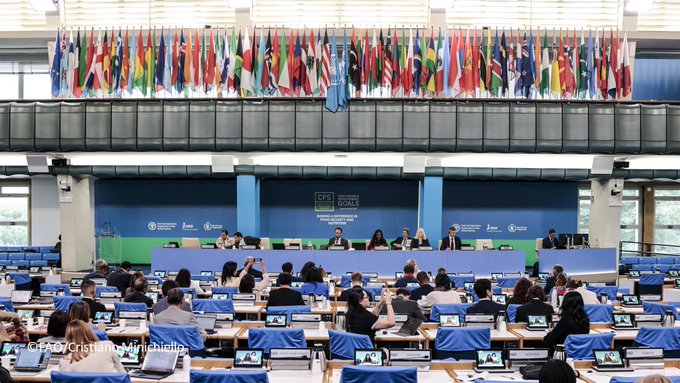

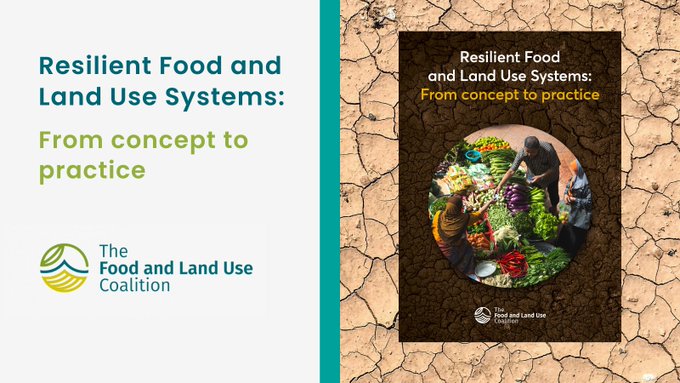
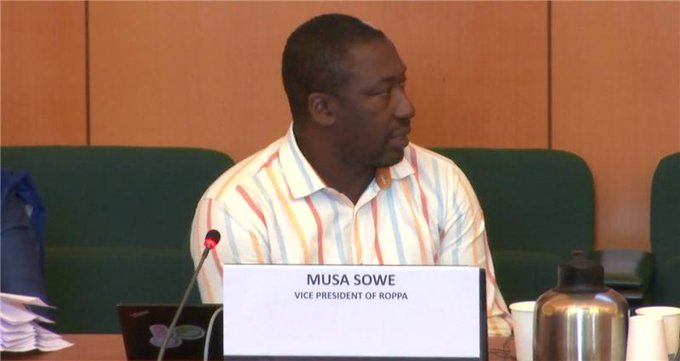
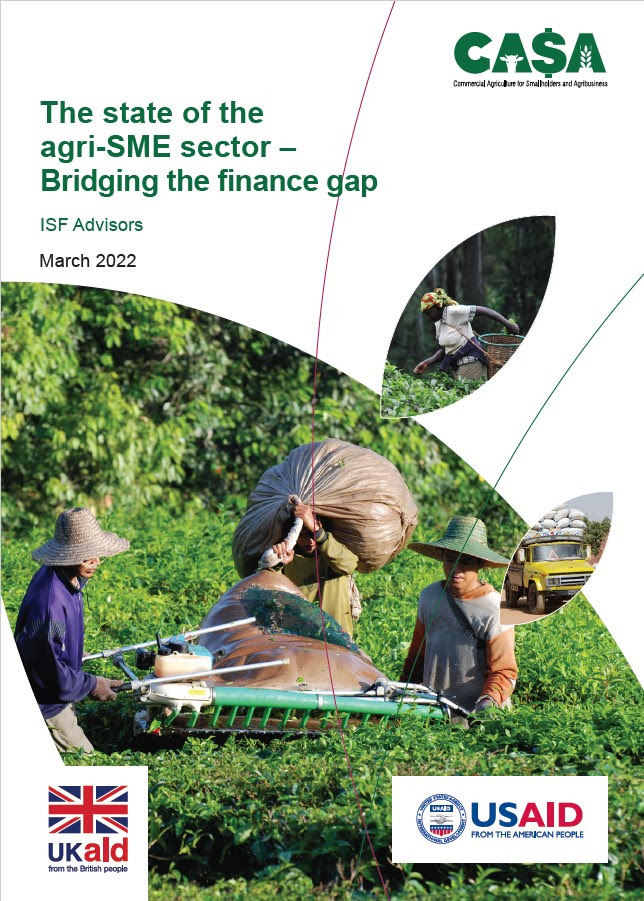
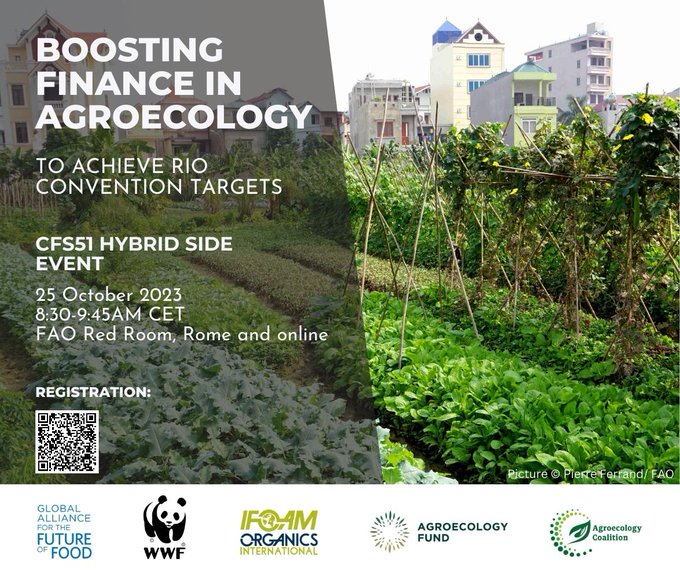
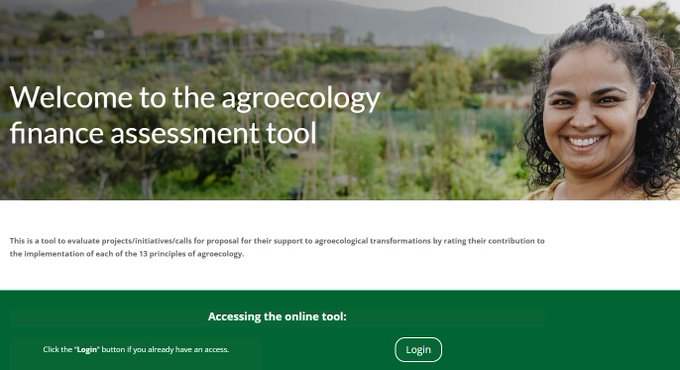
No comments:
Post a Comment